I have this scenario where each (source) Entity has Properties that have a target pointing to another Entity. Those property mappings are grouped together. What I want to do is query those Entities that have specific properties with corresponding targets but are under the same group.
The hypergraph would like that (rectangles are the hyperedges):
The JSON would look like that:
{
id: 1, label: "Entity",
propertyGroups: [
{
propertyGroupUuid: GroupUuid1,
property: {id: 1, label: "Property", name: "aName1"},
target: {id: 2, label: "Entity"}
},
{
propertyGroupUuid: GroupUuid2,
property: {id: 2, label: "Property", name: "aName2"},
target: {id: 3, label: "Entity"}
},
{
propertyGroupUuid: GroupUuid2,
property: {id: 3, label: "Property", name: "aName3"},
target: {id: 4, label: "Entity"}
}]
}
The flattest version of this in the graph database could look like that:
While the most expanded version of it could look like that:
So if I want to:
- get all
Entitiesthat haveProperty 2andProperty 3under the same PropertyGroupUuid "targeting"Entity 3andEntity 4respectively I should get backEntity 1 - get all
Entitiesthat haveProperty 1andProperty 2under the same PropertyGroupUuid "targeting"Entity 2andEntity 3respectively I should NOT get backEntity 1
How is it possible to do that with gremlin against the two versions of the graph and which one is more flexible/performant using the correct indices like the ones incorporated by DSE Graph? Are there better alternatives that I haven't thought of? If the answer is detailed and well explained I will give a bounty of at least 50 :)
Thank you!


